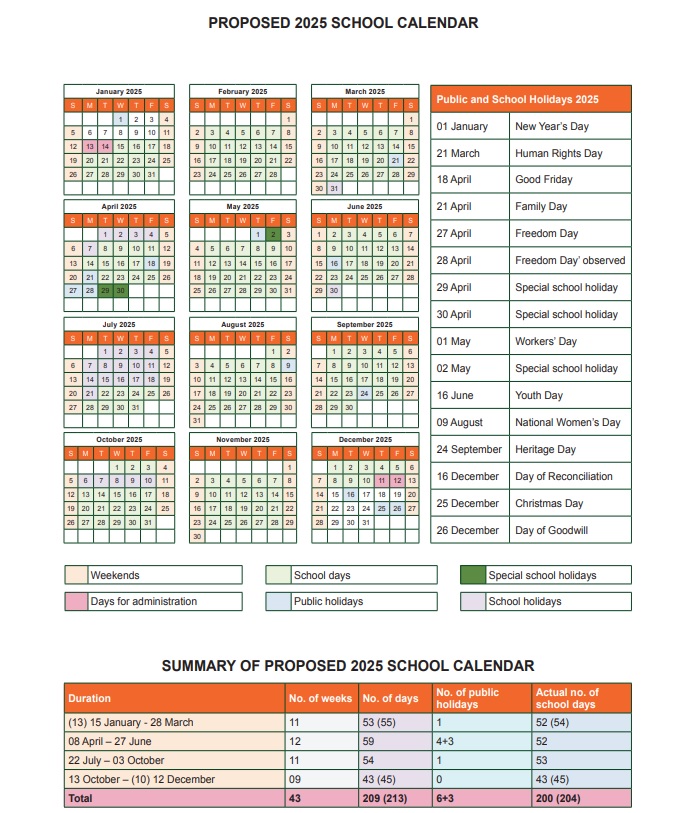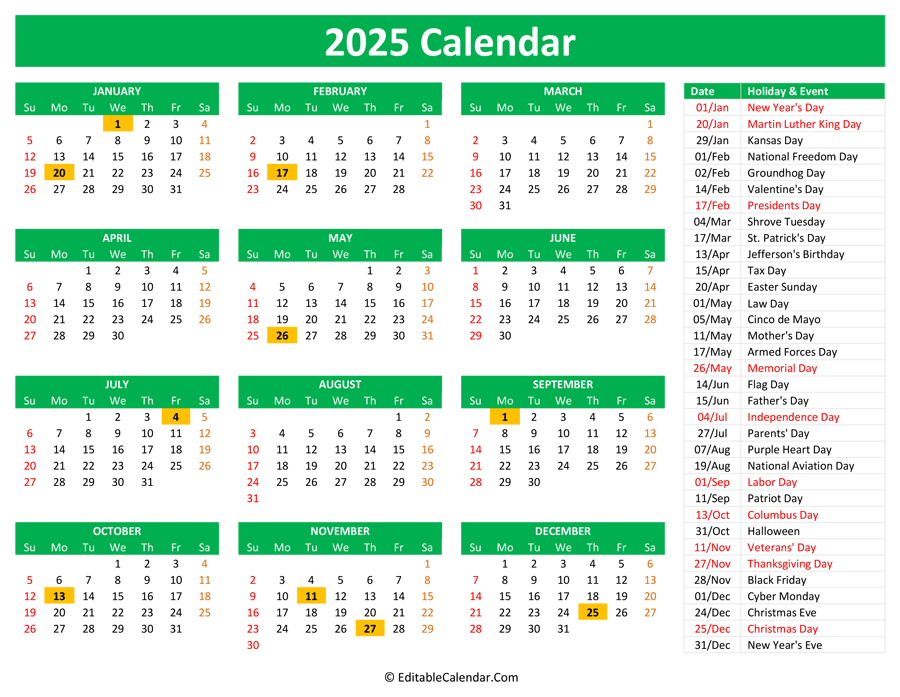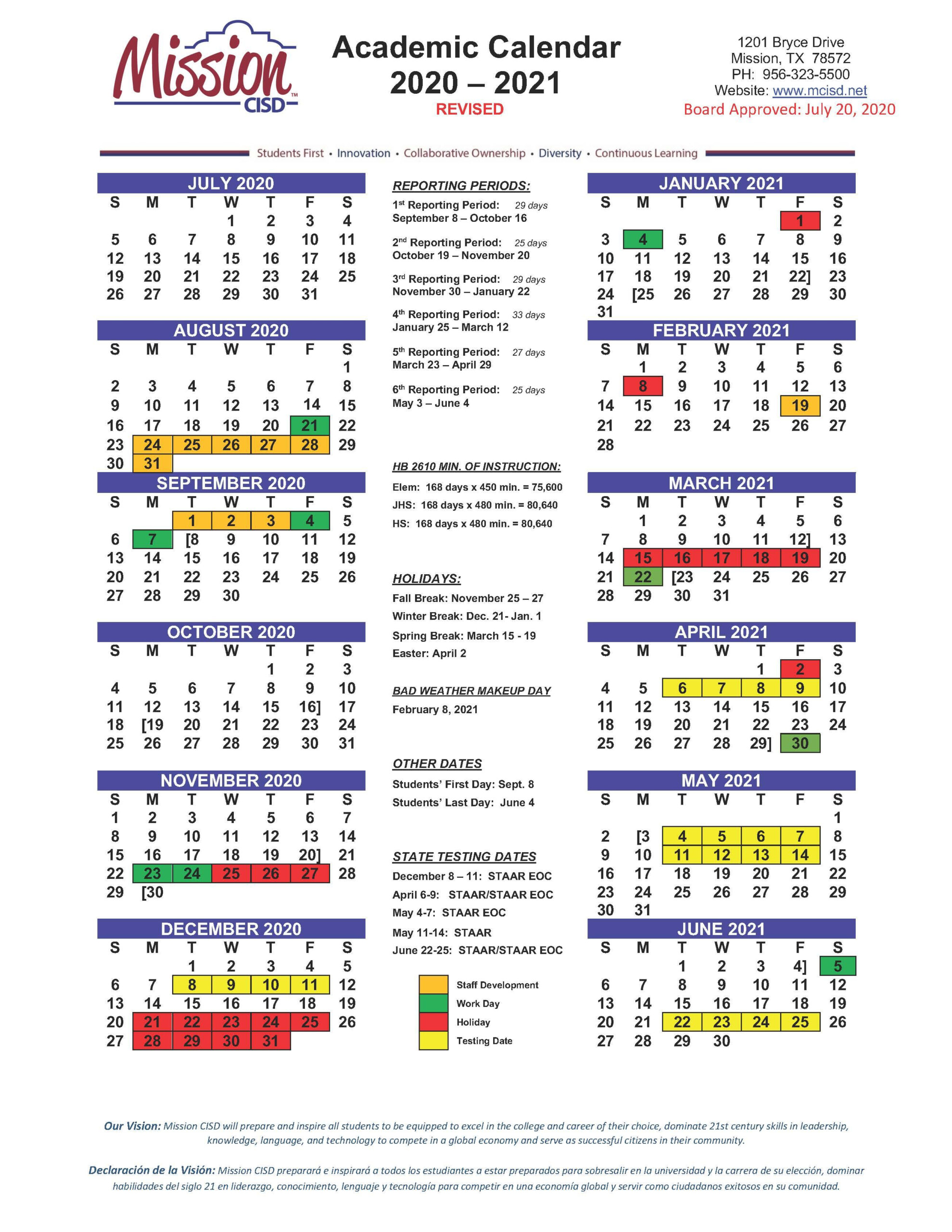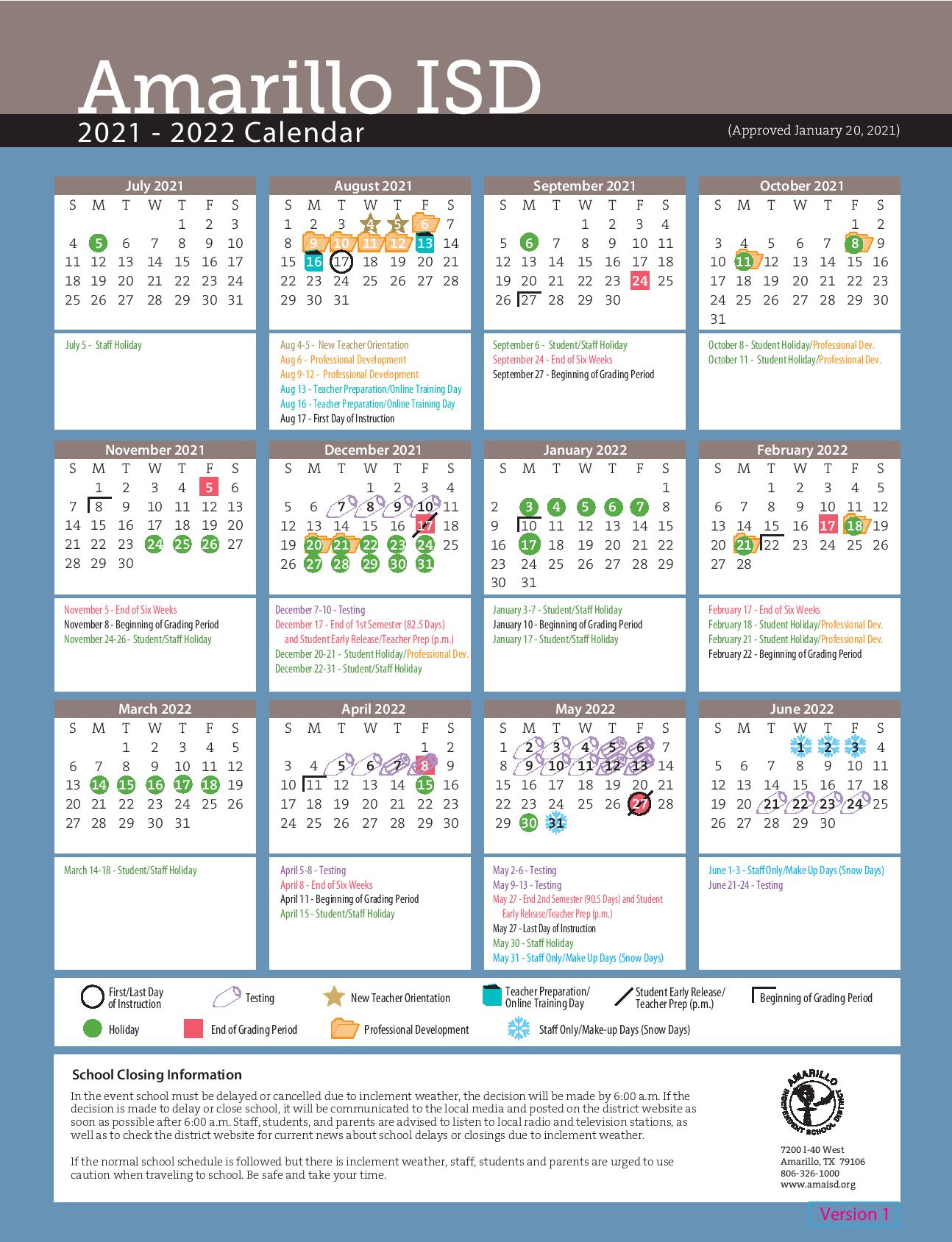High School Holidays 2025: A Comprehensive Guide for Students, Parents, and Educators
Related Articles: High School Holidays 2025: A Comprehensive Guide for Students, Parents, and Educators
Introduction
With enthusiasm, let’s navigate through the intriguing topic related to High School Holidays 2025: A Comprehensive Guide for Students, Parents, and Educators. Let’s weave interesting information and offer fresh perspectives to the readers.
Table of Content
High School Holidays 2025: A Comprehensive Guide for Students, Parents, and Educators

The academic calendar for high schools in 2025 is a vital element in the educational landscape, influencing not only the learning process but also the well-being of students, parents, and educators. Understanding the key aspects of this calendar, including the designated breaks, can provide valuable insights into the structure and flow of the academic year.
The Importance of Scheduled Breaks
High school holidays are not simply periods of leisure; they are carefully planned intervals designed to support both academic and personal development. These breaks serve several critical functions:
- Academic Refreshment: Extended periods away from the classroom allow students to process and consolidate information, reducing the risk of burnout and fostering deeper understanding.
- Mental and Physical Well-being: Holidays provide opportunities for students to rest, recharge, and engage in activities that promote physical and mental health, leading to improved focus and motivation upon returning to school.
- Family Bonding: Holidays offer valuable time for families to connect, travel, and create lasting memories, strengthening relationships and providing a sense of shared experiences.
- Personal Growth: Unstructured time allows students to pursue individual interests, explore new passions, and develop skills outside the traditional classroom setting, fostering personal growth and self-discovery.
Understanding the 2025 Academic Calendar
While specific dates may vary depending on the region and individual school district, the 2025 academic calendar generally follows a consistent pattern:
- Fall Break: This break typically occurs in October, providing a mid-semester respite for students and teachers.
- Winter Break: This extended break, spanning from late December to early January, offers ample time for family gatherings, travel, and relaxation.
- Spring Break: This break usually falls in March or April, providing a welcome respite during the final stretch of the academic year.
- Summer Break: The longest break of the year, lasting from late May or early June to late August or early September, provides a crucial opportunity for students to recharge, pursue summer jobs, participate in extracurricular activities, and engage in independent learning.
Beyond the Calendar: A Holistic Approach to Holidays
While the academic calendar outlines the formal breaks, a holistic approach to high school holidays extends beyond the dates themselves. It involves:
- Active Engagement During Breaks: Encouraging students to participate in enriching activities, such as volunteering, internships, travel, or pursuing personal interests, maximizes the benefits of time away from the classroom.
- Parental Support and Guidance: Parents play a crucial role in ensuring that students utilize holidays productively, setting healthy boundaries for screen time, promoting outdoor activities, and encouraging meaningful family interactions.
- Teacher Collaboration: Educators can work together to ensure that assignments and expectations are aligned with the holiday schedule, minimizing academic stress and promoting a smooth transition back to school.
FAQs Regarding High School Holidays 2025
Q: What are the specific dates for the holidays in 2025?
A: Specific dates vary depending on the school district and state. It is essential to consult the individual school’s calendar or website for accurate information.
Q: Are there any exceptions to the general holiday schedule?
A: Yes, some schools may have additional breaks or variations in the length of holidays based on local traditions, religious observances, or school-specific events.
Q: How can I ensure that my child utilizes the holidays productively?
A: Encourage your child to engage in activities that promote personal growth, such as volunteering, pursuing hobbies, reading, or spending time with family and friends. Set clear expectations for screen time and encourage outdoor activities.
Q: What are the benefits of summer break for high school students?
A: Summer break allows students to recharge, pursue summer jobs, participate in extracurricular activities, travel, and engage in independent learning, all of which contribute to their overall development.
Q: What are some tips for teachers to manage the academic workload around holidays?
A: Teachers can plan assignments and assessments strategically, minimize homework during breaks, and provide clear expectations for student work upon returning to school.
Conclusion
High school holidays in 2025 are not simply periods of rest; they are integral components of the educational process, designed to foster academic growth, promote well-being, and provide opportunities for personal development. By understanding the purpose and structure of these breaks, students, parents, and educators can work together to ensure that holidays are utilized effectively, maximizing their benefits for all involved.








Closure
Thus, we hope this article has provided valuable insights into High School Holidays 2025: A Comprehensive Guide for Students, Parents, and Educators. We appreciate your attention to our article. See you in our next article!